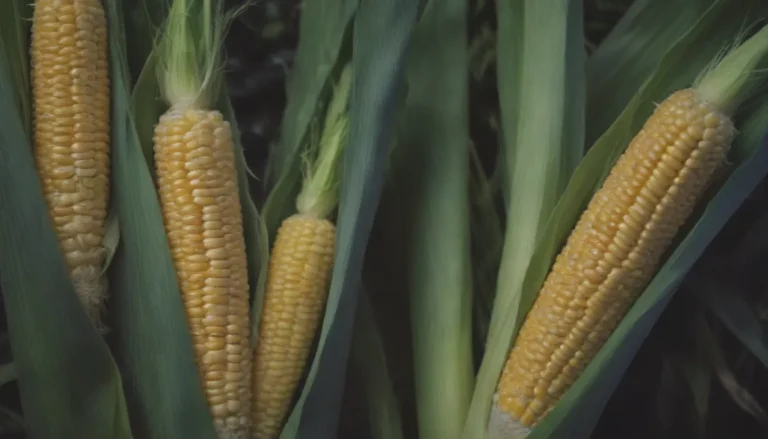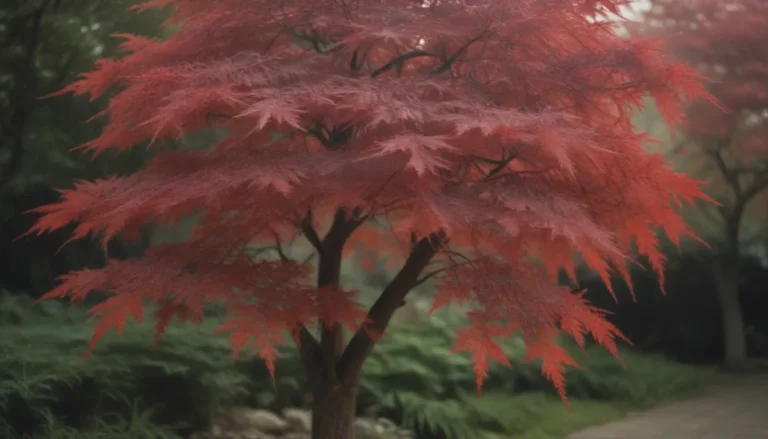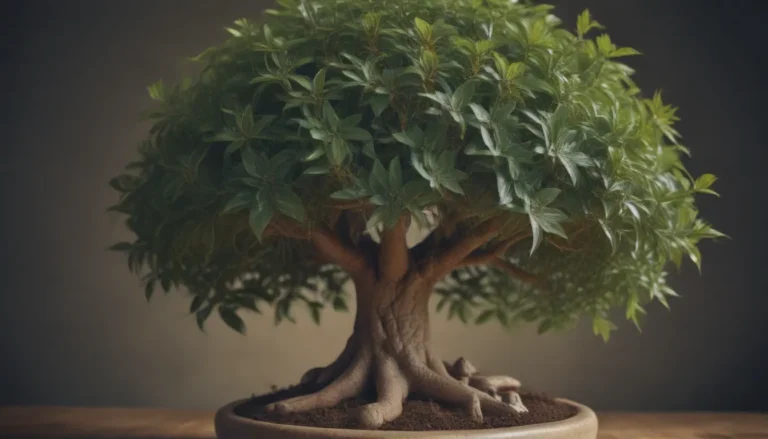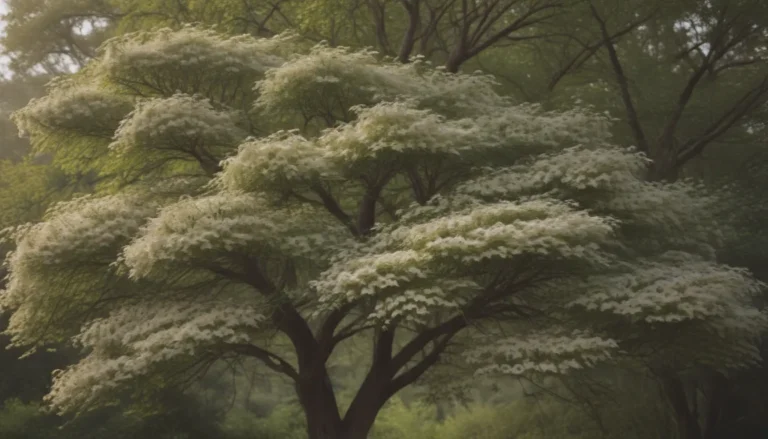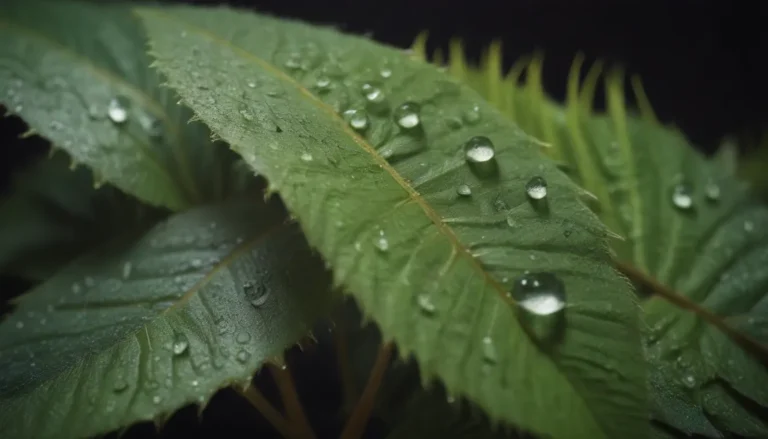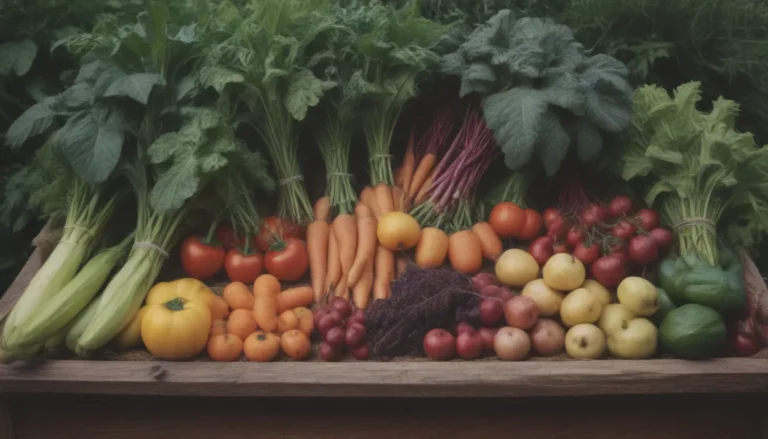The Beauty of Deciduous Trees, Shrubs, and Vines: A Comprehensive Guide
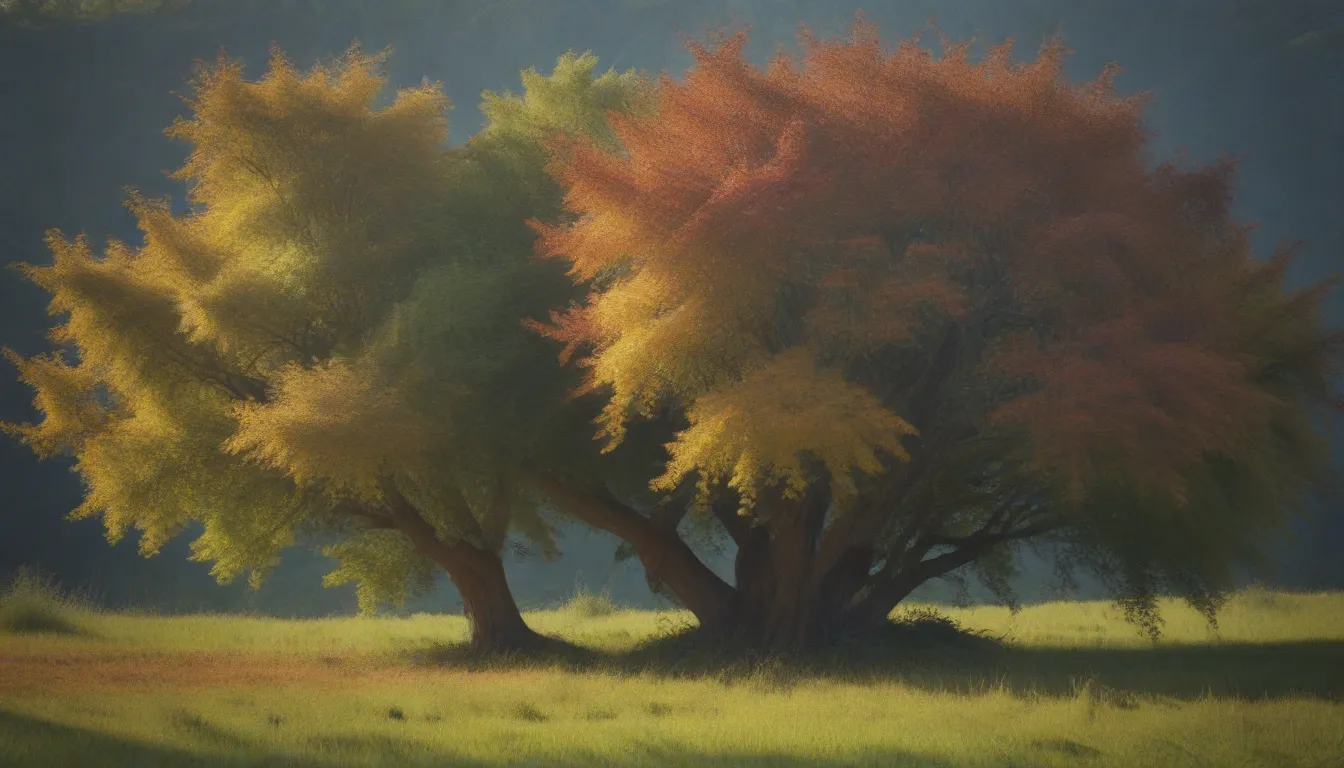
When you imagine the vivid colors of red and orange leaves in the fall or the fresh green buds of spring, you are envisioning the beauty of deciduous trees, shrubs, and vines. These plants shed their leaves at the end of each growing season, marking the transition from one season to the next. Trees like oaks, maples, and walnuts are prime examples of deciduous species. If you’re wondering why they are called deciduous, remember that the word comes from the Latin root meaning “fall,” symbolizing the time when these plants shed their leaves. In this article, we will explore the characteristics, examples, and importance of deciduous trees, shrubs, and vines in our ecosystems.
What Is a Deciduous Tree?
A deciduous tree is one that loses its broad, flat leaves at the end of the growing season. It stands apart from evergreen trees that retain their needle foliage throughout the year. Deciduous trees play a vital role in nature’s cycle, shedding their leaves in preparation for the cold winter ahead. This shedding process not only benefits the plant but also provides us with the stunning fall colors that decorate our surroundings. Deciduous trees actively participate in leaf shedding by cutting off dead leaves from the main tree and sealing the cut to protect against winter’s chill while conserving water.
Deciduous Trees vs. Evergreen Trees
Deciduous trees differ from evergreens in their leaf growth patterns. While deciduous trees have a specific growth period where leaves bud, grow, and then fall, evergreens continuously grow new leaves to replace the old ones. Evergreens typically have smaller leaves compared to the broader leaves of deciduous trees. Coniferous trees, another category of evergreens, grow needle-like leaves called conifers or cones. Some deciduous trees also belong to this group if they produce cones. The energy requirements for evergreen trees are higher since they are constantly in growth mode, unlike deciduous trees.
Why Do Deciduous Trees Change Colors?
Before deciduous trees shed their leaves, they undergo a remarkable transformation where their leaves turn vibrant colors of red, yellow, and orange. This color change occurs as the trees adjust their chlorophyll production in response to shorter daylight hours. The production of carotenoid pigments, tannins, and anthocyanin pigments contributes to the stunning palette of fall foliage that mesmerizes us every autumn season.
Deciduous Trees That Stand Out in Fall
Deciduous trees known for their vibrant fall colors are a sight to behold. Their leaves attract leaf peepers who marvel at the beauty of nature’s changing hues. From golden yellows to fiery reds, these trees paint a picturesque landscape before shedding their leaves in preparation for winter. While some deciduous trees offer stunning fall colors, others do not exhibit as much vibrancy in their foliage. Examples of fall-worthy deciduous trees include:
- Sugar Maple
- Red Maple
- Sweet Gum
- Dogwood
However, not all deciduous trees boast vibrant fall colors. Some species may have:
- Beech Trees
- Birch Trees
- Willow Trees
Choosing Fall-Worthy Deciduous Shrubs
Deciduous shrubs also have their own unique characteristics when it comes to fall foliage. Some shrubs dazzle with vibrant colors in autumn, while others are prized for their spring blooms. For smaller properties or when space is limited, growing deciduous shrubs with beautiful fall foliage can be a practical choice. Examples of fall-worthy deciduous shrubs include:
- Burning Bush
- Viburnum
- Spirea
- Ninebark
On the other hand, there are deciduous shrubs primarily grown for their flowers rather than their fall foliage. These shrubs include:
- Azaleas
- Hydrangeas
- Forsythia
Invasive Vines to Beware Of
Vines, like trees and shrubs, are also categorized as deciduous or evergreen. While evergreen vine options are limited in colder regions, some invasive varieties can retain their leaves in winter. Invasive vines, like Oriental bittersweet, can quickly take over landscapes if left unchecked. It’s essential to choose non-invasive deciduous vines like Arctic kiwi to enjoy both aesthetic beauty and environmental responsibility in your garden.
Maintaining Your Lawn During Fall
As the colorful leaves of deciduous trees fall to the ground, it’s essential to rake them to preserve the health of your lawn. While the autumn foliage may look picturesque on trees, leaving leaves on the grass can harm non-native turf grasses. Utilize leaf blowers or proper raking techniques to keep your lawn in top condition. Consider the plant selection in your landscaping to minimize maintenance, opting for clean substitutes rather than messy trees that shed prolifically.
In conclusion, deciduous trees, shrubs, and vines enrich our surroundings with their seasonal transformations and vibrant colors. Understanding the characteristics, examples, and importance of these plants can enhance your appreciation for the natural world. Whether you’re planting a tree in your backyard or admiring the fall foliage on a scenic drive, take a moment to marvel at the beauty of deciduous flora and the magic of the changing seasons.
